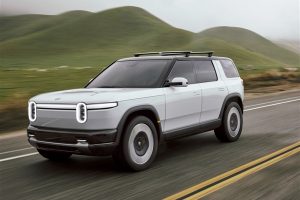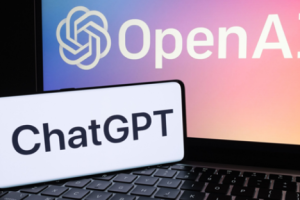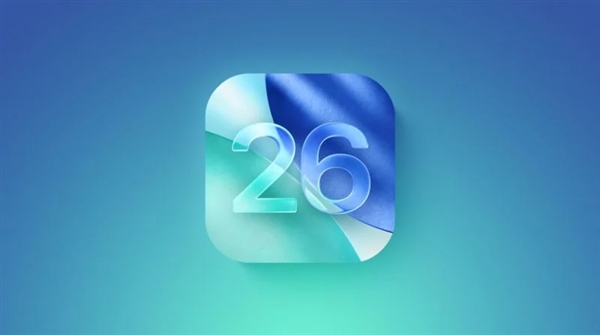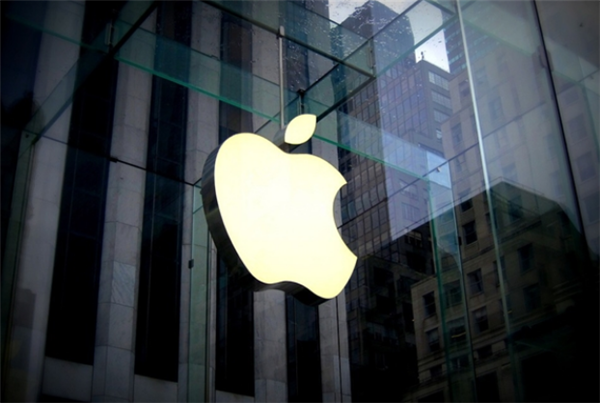February 28, 2025 – Tesla is seeking approval from the California authorities to offer ride-hailing services, marking a significant step towards Elon Musk’s ambition of ferrying paying customers, especially as its traditional car sales business faces challenges.
The electric carmaker applied for a “transportation charter-party carrier permit” from the California Public Utilities Commission late last year. If granted, this permit will enable Tesla to own and operate its own fleet of vehicles for ride-hailing services.
This previously undisclosed application indicates that Tesla is gearing up to launch its promised ride-hailing service, aiming to generate new revenue streams in the near future and compete with companies like Uber, Lyft, and Waymo. Musk has hinted that Tesla intends to roll out a driverless ride-hailing service in Austin by June and in California by the end of the year, albeit with specific details remaining under wraps.

Following the news, Uber’s stock briefly dipped, only to recover less than 1% by 12:57 New York time. Lyft’s share price also saw a slight decline, while Tesla’s stock remained largely unaffected.
A Tesla spokesperson confirmed that the application is still pending approval and has not been made public. If Tesla debuts a ride-hailing service with human drivers, it could potentially pave the way for the introduction of a driverless taxi service in California, similar to Waymo’s ongoing autonomous fleet operations in San Francisco.
Musk has long expressed his desire to operate a fleet of fully autonomous Tesla vehicles. While the company has not yet released a fully self-driving car, its current driver-assist systems already handle some driving tasks while a driver remains in control.
Last October, Tesla showcased its upcoming driverless “Cybercab” prototype. Musk noted that the company plans to initially deploy its existing models, such as the Model 3 and Model Y, for its ride-hailing services.
In recent discussions, Musk has also touched on the preparations for the ride-hailing service, emphasizing that “there’s still a lot of work to be done to ensure the system runs efficiently,” which involves making sure the payment system and app functionality work as intended.












